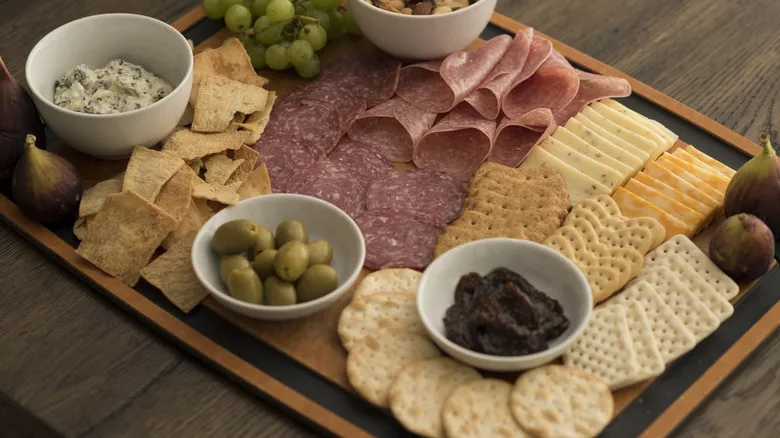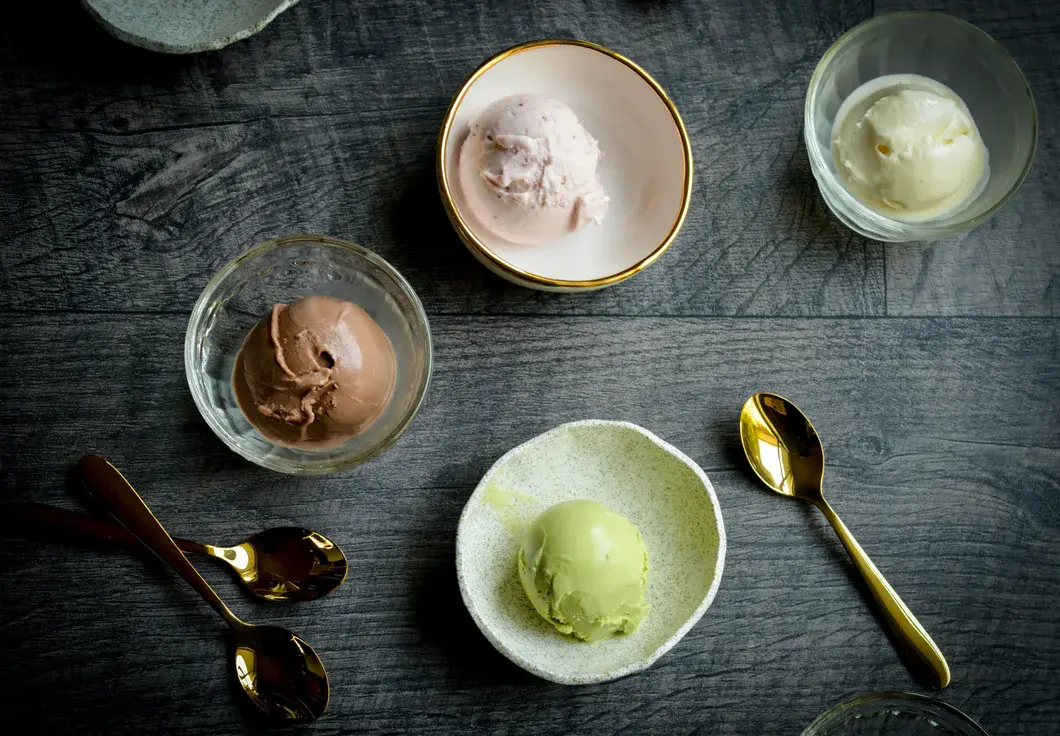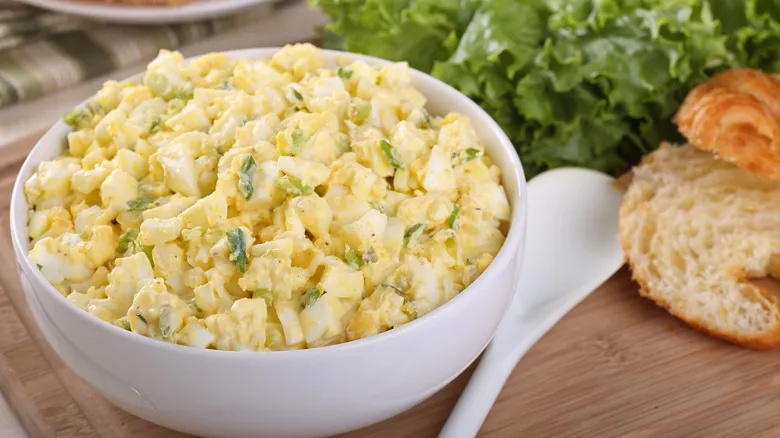How to use a fork to slice cheese
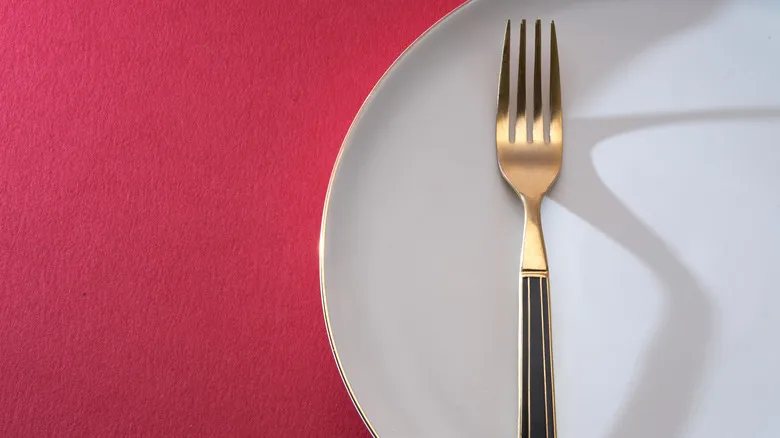
Once you have a serving platter, a fork, a sharp knife, and a block of cheese, you're all set to try out this clever trick. Simply press the sharp ends of the fork tines gently against the long edge of the cheese block. This will create evenly spaced indentations that act as a guide for slicing the cheese. Keep pressing the tines down the block until you've marked the amount of cheese you want to serve.
When you repeat this step, make sure to align the first tine with the last indentation to maintain consistent spacing between the groups of marks. Once you're finished, use your sharp knife to follow the indents as you cut the cheese. This technique will yield slices that are neither too thick nor too thin, ensuring uniformity. Your cheese is now ready to be added to your charcuterie board alongside grapes, crackers, meats, and pickles.
This method works best with semi-hard cheeses such as cheddar, Gouda, Havarti, Swiss, and Gruyère. These cheeses are firm enough to hold their shape without crumbling like hard cheeses or spreading like soft cheeses. It’s also more effective with rectangular or square cheese blocks, as the tines can only accommodate part of a circular shape. With this trick, you'll be crafting impressive charcuterie boards in no time!
Recommended

Instantly Brighten Up Store-Bought Coleslaw With One Extra Ingredient
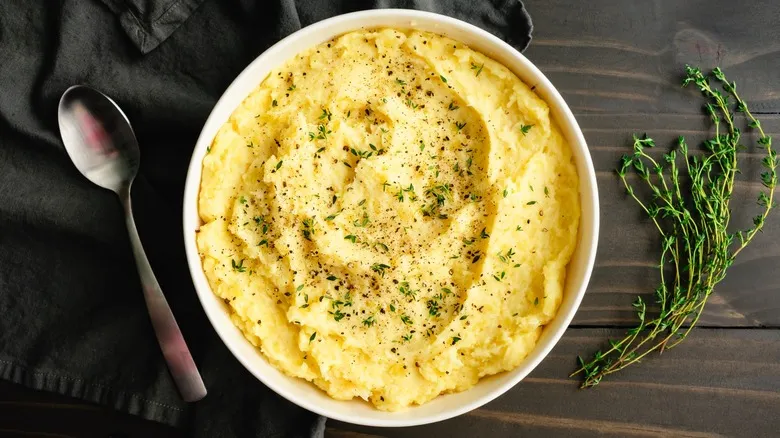
Make Mashed Potatoes Taste Like Sour Cream & Onion Chips With An Irish Twist

The Timing Mistake That's Killing Your Beef Stew

14 Underrated Cheeses You Should Mix Into Your Classic Mac And Cheese
Next up

